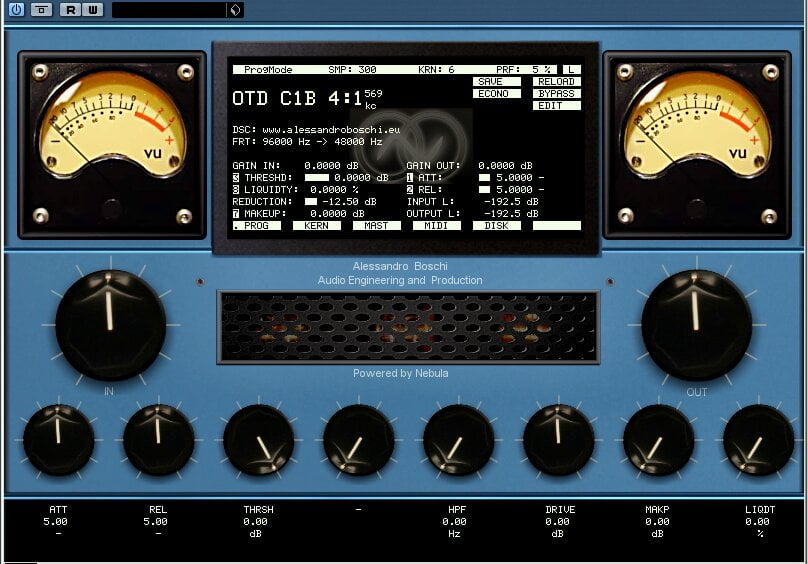
- #Nebula 3 patch download mod#
- #Nebula 3 patch download Patch#
- #Nebula 3 patch download license#
- #Nebula 3 patch download plus#
Better resiliency to corrupted / invalid sysex and patches.Slightly improved Yamaha sysex translation.More functional and consistent use of modifier keys for controls.Improved appearances and a new "Winter Ions" theme with a different, "frostier" color palette.Greatly improved the ability to select an envelope point if several points are overlapping or close together.More flexible portamento, with option of Rate (time per octave), fixed Time, or tempo-Sync time.Reverb effect has been slightly improved and is now patch-based and independently fed by the Parts (per-part reverb send level, pre/post fader, moddable).
#Nebula 3 patch download mod#
There are 11 mod routing slots for any destination, and you can stack multiple sources to the same destination.
#Nebula 3 patch download Patch#
#Nebula 3 patch download plus#
#Nebula 3 patch download license#

Blue shows infrared light with wavelengths of 3.6 microns, green represents 4.5-micron light and red, 8.0-micron light. This image was made using data from Spitzers Infrared Array Camera (IRAC). Within these clouds of dust and gas, a new generation of stars is forming. These structures are being sculpted by the intense glow of giant, young stars found at the nebulas core. The various columns of dust all seem to point inwards towards the central depths of the Lagoon. Here we see the central regions of the Lagoon with green showing the glow of carbon-based dust grains, and red highlighting the thermal glow of the hottest dust. Spitzers infrared vision looks past the gas to show the dusty basin that it fills. The glowing waters of the Lagoon, as seen in visible light, are really pools of hot gas surrounding the massive, young stars found here. It is of particular interest to stargazers as it is only one of two star-forming nebulae that can be seen with the naked eye from northern latitudes, appearing as a fuzzy grey patch.

The Lagoon nebula was first noted by the astronomer Guillaume Le Gentil in 1747, and a few decades later became the 8th entry in Charles Messiers famous catalog of nebulae. Also known as Messier 8 and NGC 6523, astronomers estimate it to be between 40 light years away, lying in the general direction of the center of our galaxy in the constellation Sagittarius. Swirling dust clouds and bright newborn stars dominate the view in this image of the Lagoon nebula from NASA's Spitzer Space Telescope.


 0 kommentar(er)
0 kommentar(er)
